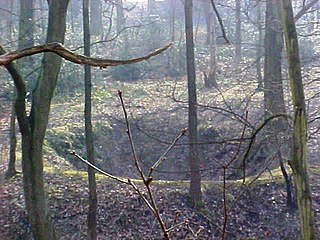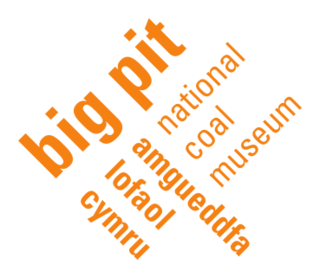Historical US drift mining (coal)

Colorado
The Boulder-Weld Coal Field beneath Marshall Mesa in Boulder, Colorado was drift mined from 1863 to 1939. Measurements in 2003, 2005, and 2022 showed that the mine has an active coal-seam fire. It was investigated as a possible cause of the 2021 Marshall Fire. [6]
Illinois
Argyle Lake State Park's website says the Argyle Hollow (occupied by a lake since 1948) has been rich in coal, clay and limestone resources. Historically, individuals commonly opened and dug their own "drift mines" to supplement their income. [7] In Appalachia, small coal mining operations such as these were known as "country bank" or "farmer" coal mines, and usually produced only small quantities for local use. [8]
Indiana
The Lusk Mine, now in Turkey Run State Park, was in operation from the late 1800s through the late 1920s. Too small for commercial operation, the mine probably provided coal for the Lusk family and later for the park. [9]
Kentucky
In 1820 the first commercial mine in Kentucky, known as the "McLean drift bank" opened near the Green River and Paradise in Muhlenberg County. [10] In Drift, Kentucky, Beaver Coal & Mining Company was the most well known operator of mines, but there were other smaller mines (Floyd-Elkhorn Consolidated Collieries, Turner-Elkhorn Coal Company, etc.) as well. [11]
Maryland
Dorsey Coal Company's Ashby coal mine, a small drift mine probably in the Upper Freeport coal; and the mine of the Taylor-Offutt Coal Company near Oakland, MD. [12]
Ohio
In the 1880s, State Inspector of Mines, Andrew Roy, issued a report on the Mines and Mining Resources of Ohio, [13] which includes the following paragraphs:
The capacity or output of the mines of the State varies greatly. Thick coals are capable of a greater daily output than thin seams, and as a general rule drift mines possess greater advantages for loading coal rapidly than shaft mining openings. In many of the mines of the great vein region of the Hocking valley the capacity is equal to 1,200 to 1,500 tons per day. In shaft mines 600 to 700 tons daily is regarded as a good output.
The first ton of coal in a shaft mine 100 feet in depth and having a daily capacity of 600 tons frequently costs the mining adventurer upwards of $20,000 (1888), and cases are on record where owing to the extraordinary amount of water in sinking, $100,000 (1888) have been expended before coal was reached. Drift mines, as they require no machinery for pumping water and raising coal, cost less than half the amount required in shaft mining.
Water is, however, an expensive item in drift mines opened on the dip slope of the coal, and underground hauling under such conditions is unusually costly.

Pennsylvania
Indiana County: Graff Drift Mines, near Blairsville. Commodore Mines, Nos. 1 & 3 (drift mines), No. 2 (slope mine), Green Twp. Empire "F" Mine (1910-?), Shanktown; a drift mine, mining the "B" coal seam, mining done by machine, owner Pioneer Coal Company, Clearfield. Empire "M" Mine (McKean Mine) (1906-?), a drift mine, non-gaseous, mining a 38" thick seam of Lower Kittaning coal using compressed air machines; ventilation provided by an 8' Stine steam-powered fan, Clymer, PA. Rodkey Mine(1906-?), a drift mine, Clymer. Ernest Mine No. 2 (1903-1965), a drift mine, at Ernest, Rayne Twp., Indiana Co., PA. [14]
Tennessee
The Fork Mountain, TN, drift portal entered an 84-inch unnamed seam of coal (see picture above). Most coal seams in Tennessee were not this thick. [15]
Virginia
The first coal mine in the Pocahontas Coalfield with its famous 13 feet tall seam of Pocahontas No. 3 coal, the Pocahontas mine is a drift mine. [16]
West Virginia
Many, many references to and photographs of WV drift mines in the Scrapbook of Appalachian Coal Towns, [17] including Sprague, Kaymoor, Nuttallburg, Venus, Layland, Elverton, Casselman (aka Castleman), etc.









